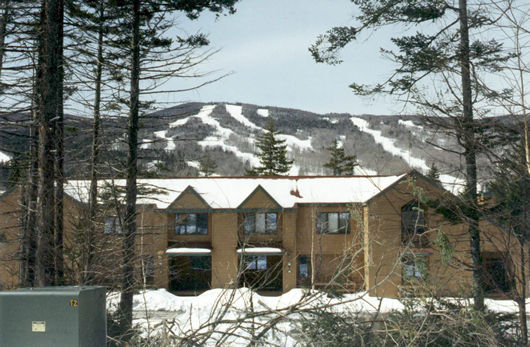|
||||||
|
||||||
|
|
Case StudyRoof Ice Dam Remediation for Northeast Ski-Area Condominiums
by Henri C. Fennell Ed. note: This case study is long. To browse, just click on the part you want to look at and the link will take you to that page. Table of ContentsPart I
Part II
Part III
Part IV
AbstractThis is a case study describing the procedures for locating, prioritizing, and repairing the causes of ice dam formation at a complex of over one hundred Northeast Ski Area Condominiums. The testing, performed on four typical units, was commissioned by the Owner’s Association to prove the feasibility of preventing ice dam formation without replacing all of the existing roofs and to determine the costs of this approach. Ice dam formation is one of the predominate problems for buildings in cold climates. The causes of such formations are often misunderstood by building owners and construction industry professionals alike. Consequently, because the heat-loss sources usually cannot be visually detected, solutions to the problem are more apt to be attempts at limiting damage from the symptoms, rather than preventing damage by eliminating the root causes of the ice dams. In addition to roof leaks, hazards from falling ice and potential structural damage to the building are additional reasons to prevent ice formation rather than just addressing leakage. Systems for limiting damage and preventing the intrusion of water from ice dams into the building envelope can be successful, but are often more expensive, and do not improve the energy performance of the structures. Eliminating the actual causes of ice dams, i.e., excessive warming of the roof surfaces in sub-freezing weather, always saves energy. This case study looks at a complex of buildings where it was possible to utilize conservation measures to remediate ice dams. It is broad in the scope of its examples because these multi-family buildings with their complicated construction details include many warm air leakage and conductive heat loss problems that have led to ice formation during extreme winter conditions. Related Information
| ||||
 |
||||||



